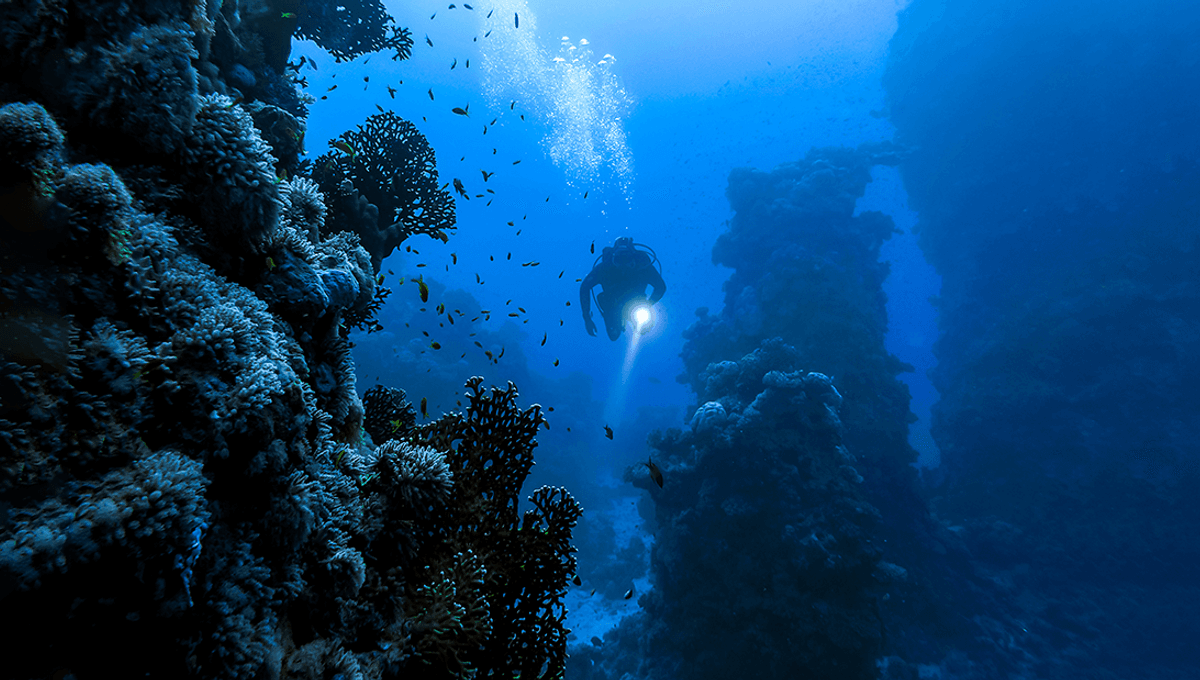
There’s an old adage that we know more about space than we do about the depths of the ocean, as if it’s not rational to see what lurks down there and immediately want to leave the planet.
The ocean is incredibly deep, with an average depth of 3.7 kilometers (2.3 miles). The deepest part of the world’s oceans, located in the southern part of the Mariana Trench and known as the Challenger Deep, is approximately 10,935 meters (35,876 feet) deep. Here’s a video from our YouTube channel to give you an idea of how far that is, accompanied by some light feelings of existential dread.
But beyond the beautiful and slightly odd-looking creatures of the ocean’s depths, what lies beneath? Just like on land, the answer is – eventually – “rocks”.
The Earth’s crust, on land, is variable. On average, it is about 30 kilometers (19 miles) thick beneath continents, though under mountain ranges it can reach as much as 100 kilometers (62 miles). Beneath the oceans, it doesn’t vary as much and is on average 6-7 kilometers (3.7-4.3 miles) thick.
Continental crust – the part of the crust which forms our land masses – is mostly made from different igneous granites. Leading into the ocean there are continental slopes, made up of granite, and sedimentary rocks that have been formed by pressure applied to sediment. Deeper in the ocean, the floor (beneath sand and sediment) is made up almost completely of mafic oceanic crust, mainly basalt and gabbro.
Basalt (and other igneous rocks) is formed when molten rock cools quickly.
In the oceans, there are “mid-ocean ridges” where magma makes its way through gaps in the oceanic crust, and new rock that will become oceanic crust forms.
The thin crust found in the ocean is tempting for geologists, for the potential access to the mantle rock beneath. One team is currently drilling a hole into the ocean floor and collecting samples of mantle rock that haven’t been weathered by exposure to the elements.
So far, they have reached mantle rock that has never melted into magma, which would then cool to form igneous rocks found in the oceanic crust. However, the rocks still show signs of weathering from seawater, suggesting the team needs to keep digging to get to (and presumably taste) the forbidden goo within.
Source Link: What's Underneath The Ocean Floor?